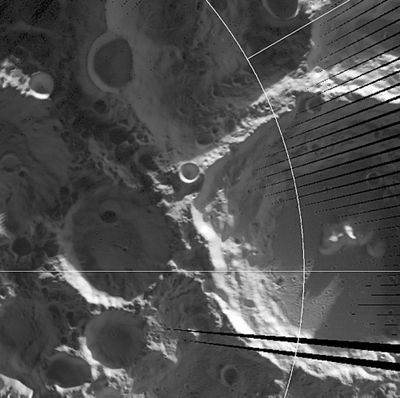Moon’s craters are coldest in system

WASHINGTON – Astronomers have found the coldest spot in our solar system and it may be a little close for comfort. It’s on our moon, right nearby.
NASA’s new Lunar Reconnaissance Orbiter is making the first complete temperature map of the moon. It found that at the moon’s south pole, it’s colder than faraway Pluto. The area is inside craters that are permanently shadowed so they never see sun.
“It’s sort of like a faint glow and that’s your only source of heat,” said David Paige, a University of California, Los Angeles, scientist who is part of the NASA team. “Right here in our own backyard are definitely the coldest things we’ve seen in real measurements.”
Temperatures there were measured at 397 degrees below zero. That’s just 62 degrees higher than the lowest temperature possible.
Pluto is at least a degree warmer even though it is about 40 times farther away from the sun.
The coldest temperatures on the moon were usually in craters that were within bigger craters, hiding farther from the sun, Paige said.
Soon, the moon’s south pole will slightly warm up with the change of seasons and the north pole will get chillier, he said.
That ultra-cold temperature is important because it can trap volatile chemicals, such as water and methane, said NASA probe project scientist Richard Vondrak. Trapped volatiles would give any future astronauts resources to mine and could help scientists understand more about the origin of the early solar system, he said.
The moon probe, only a week into its science mission, has also found lots of indications of hydrogen, which could indicate trapped ice below the moon’s surface, Vondrak said.
While NASA has been to the moon with astronauts and explored it many times decades ago, this is the first close-up look in about a decade and is focusing on the tantalizing south pole, where there is the best chance for hidden ice.